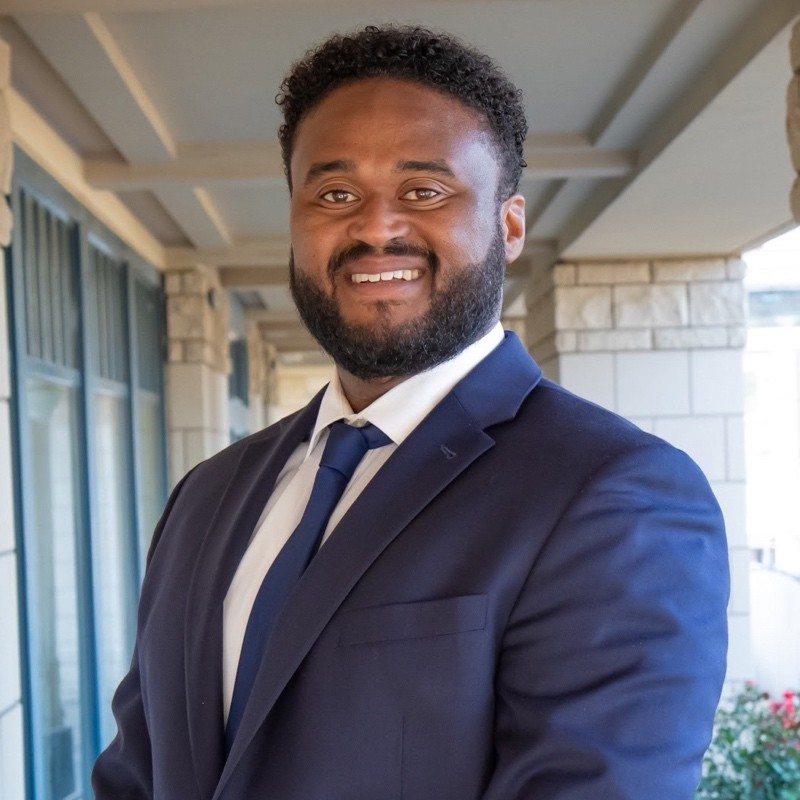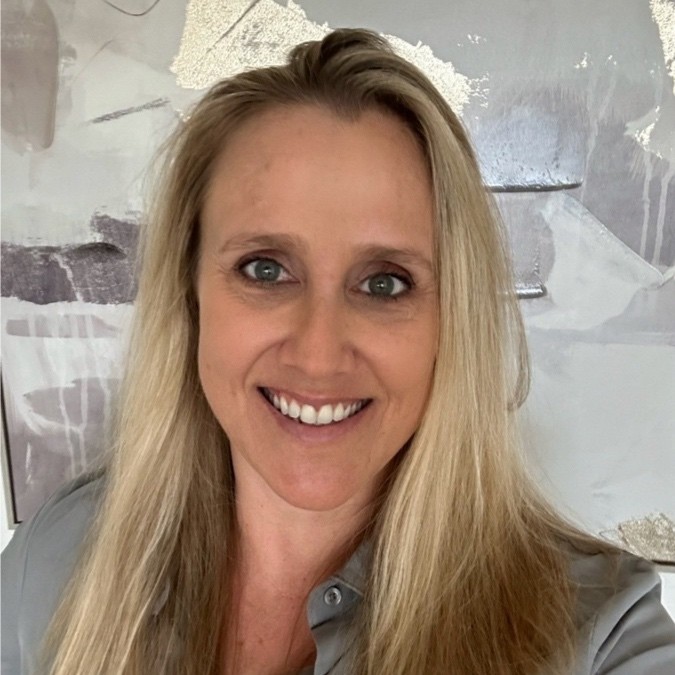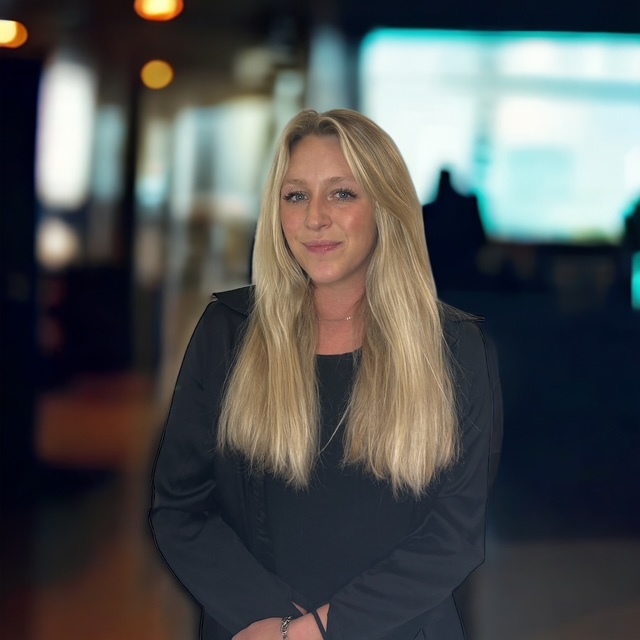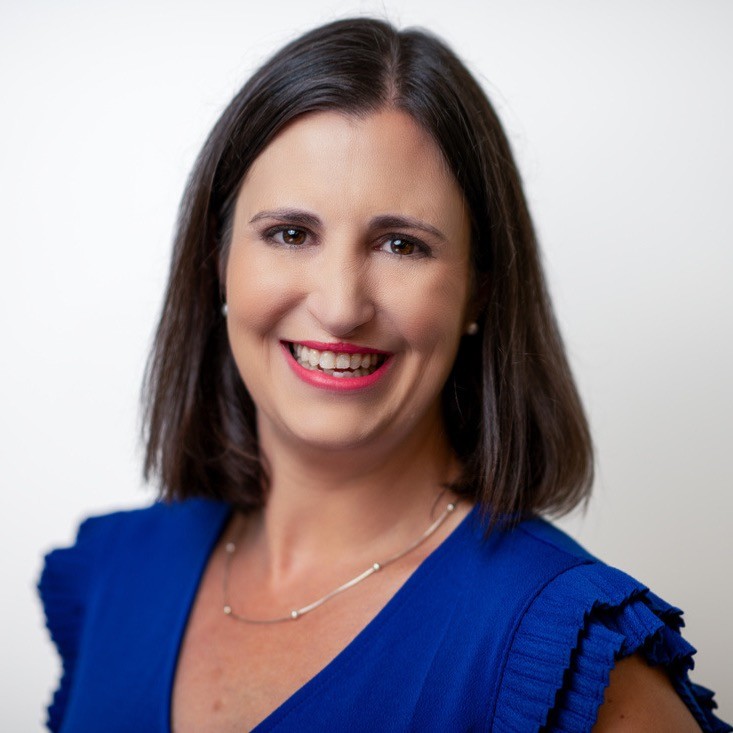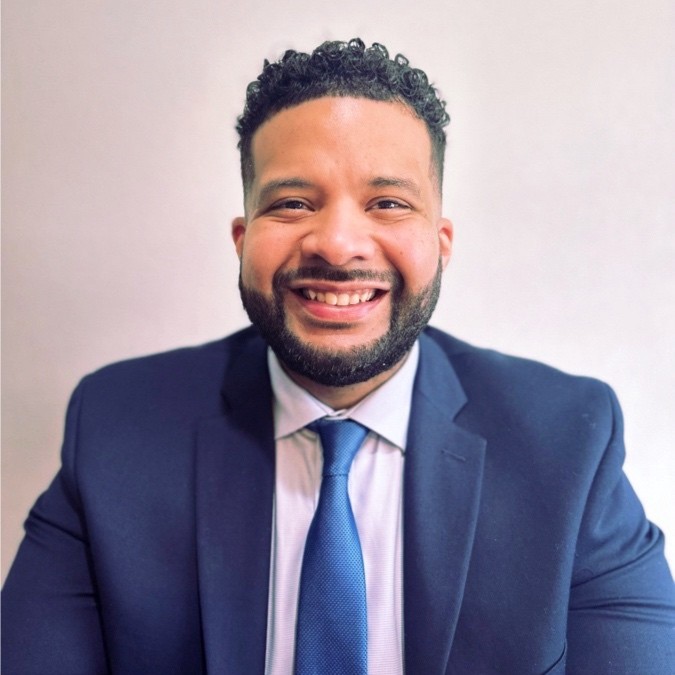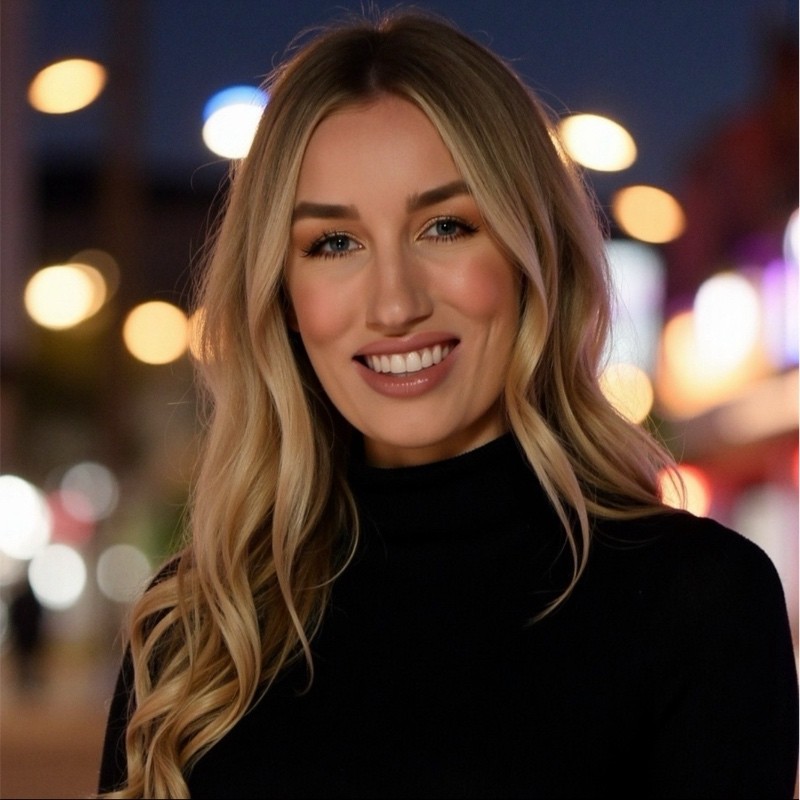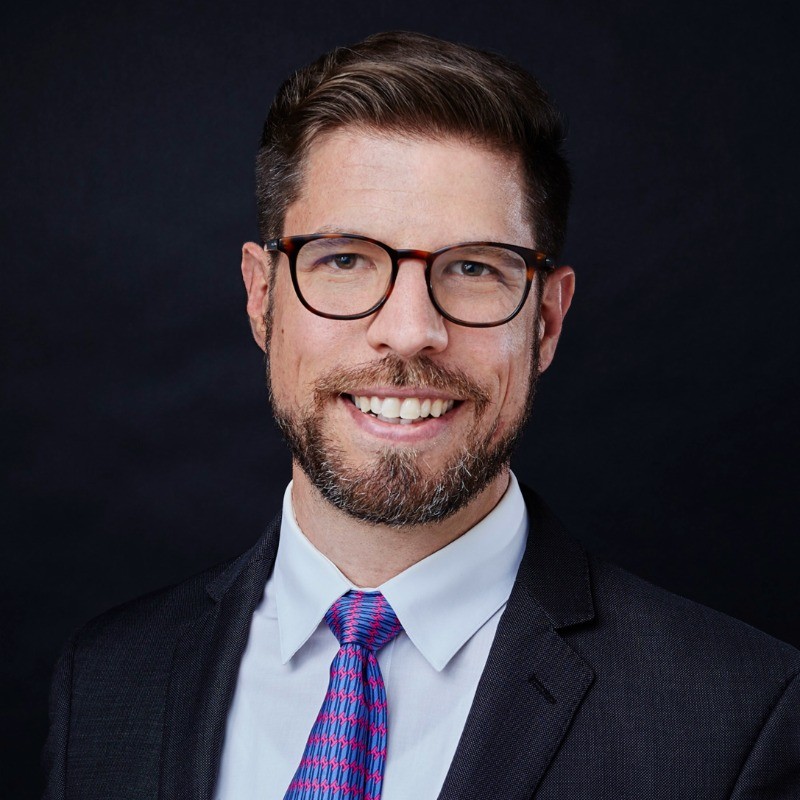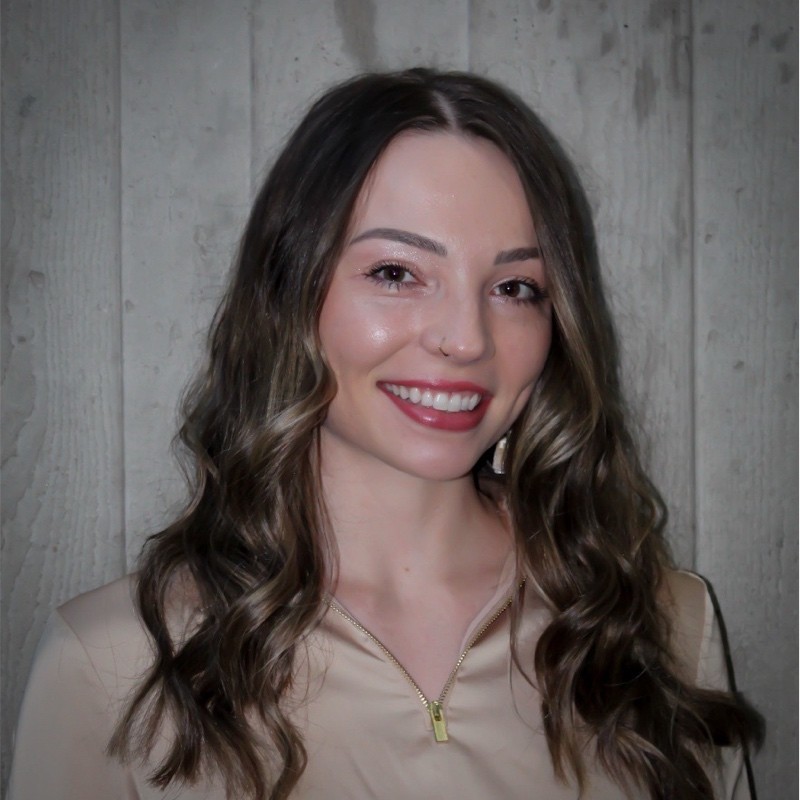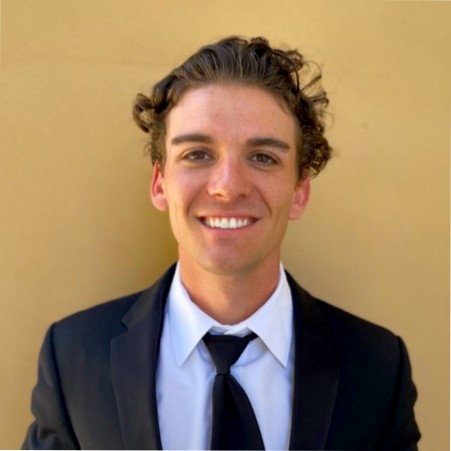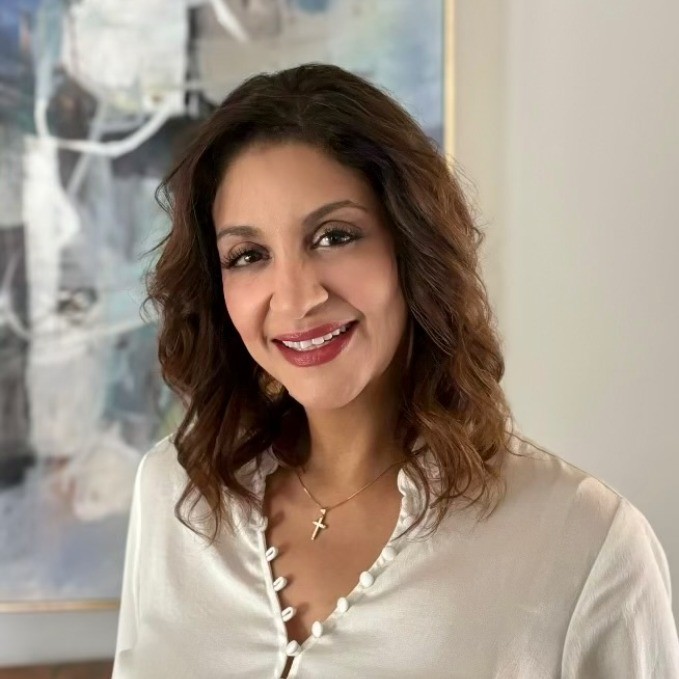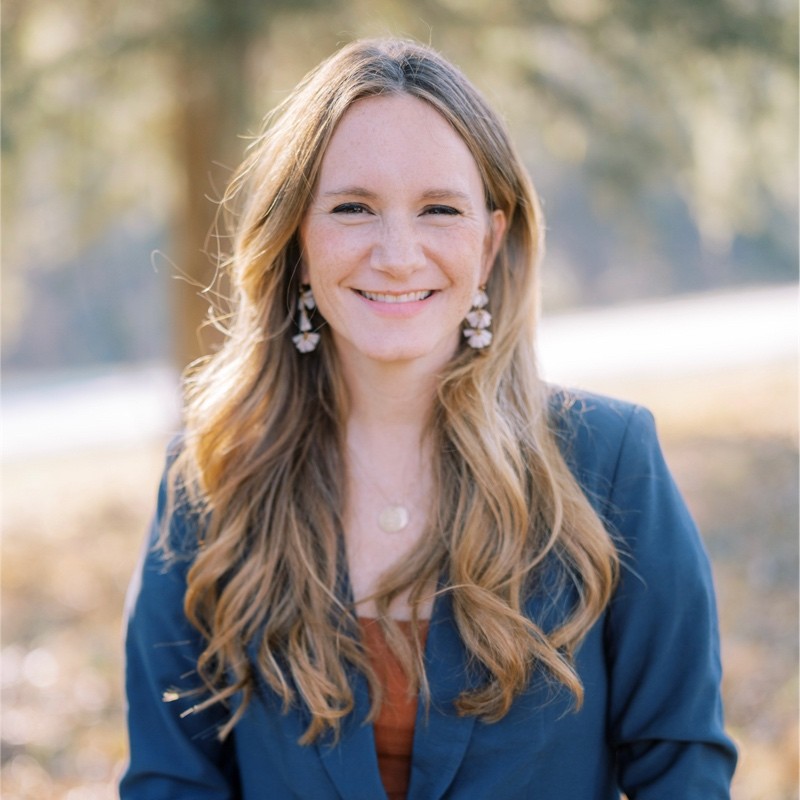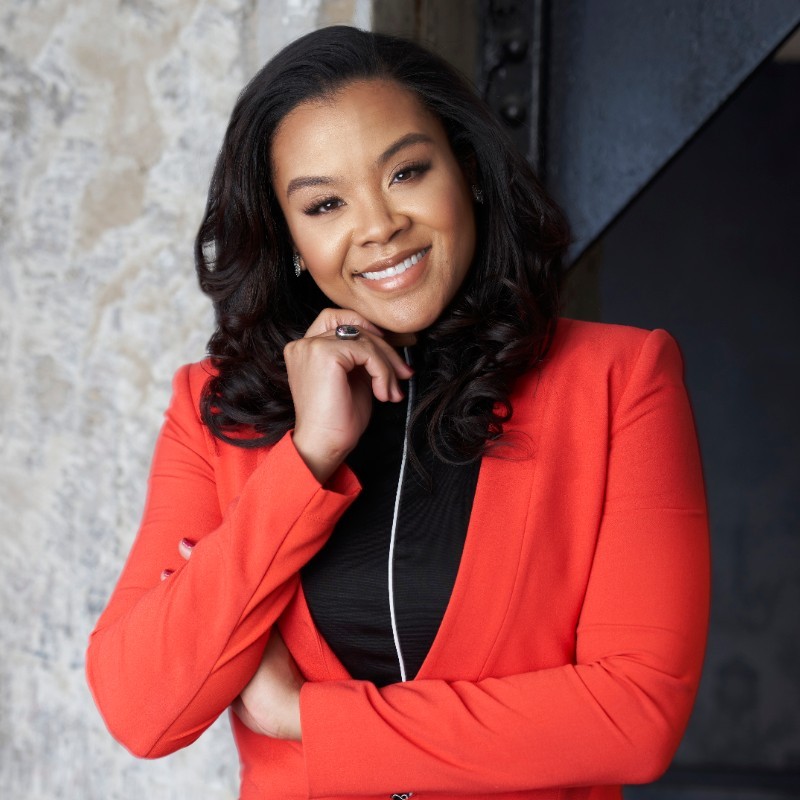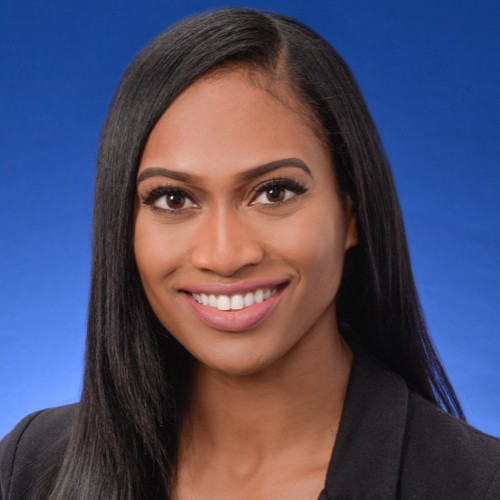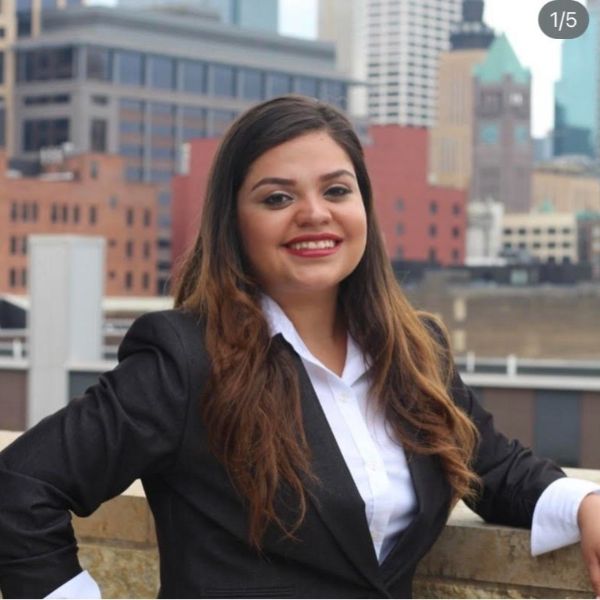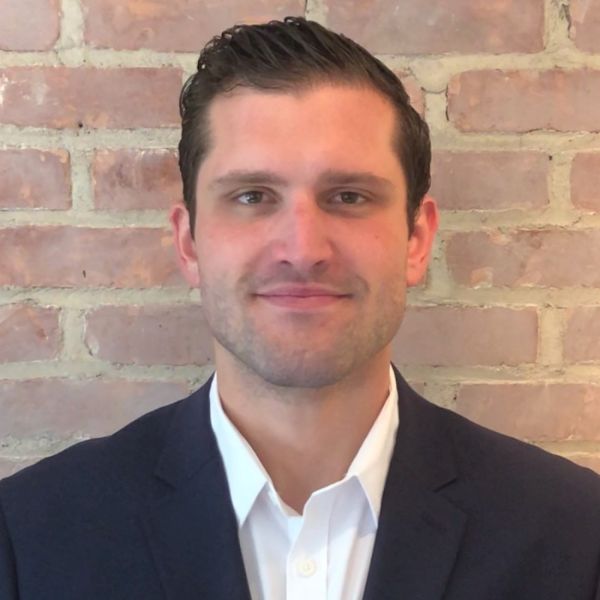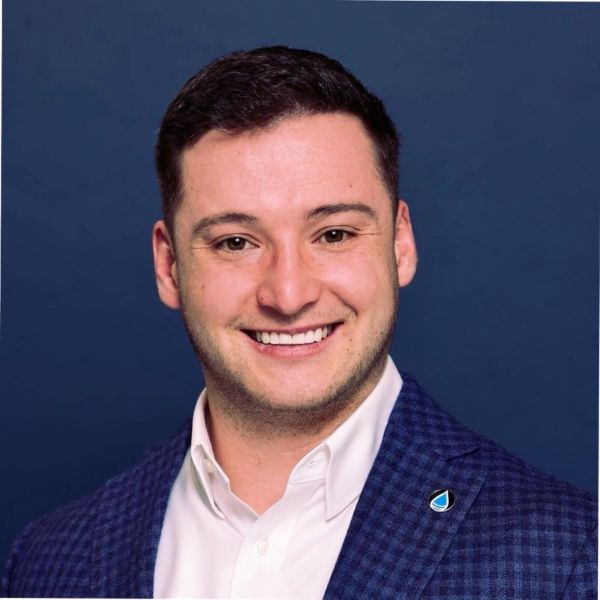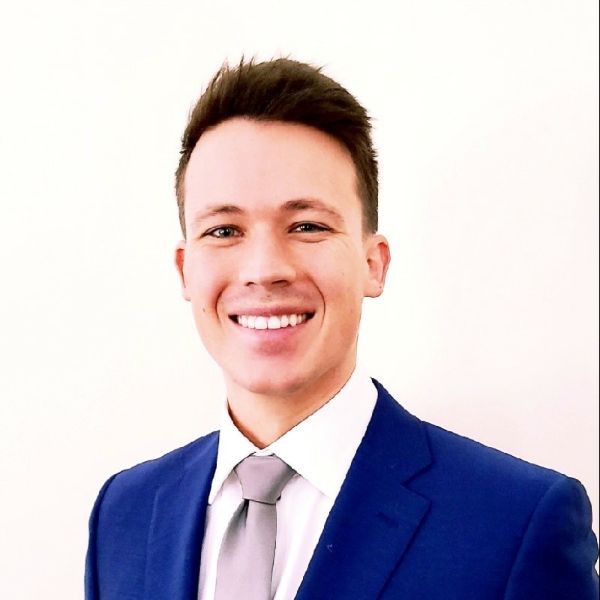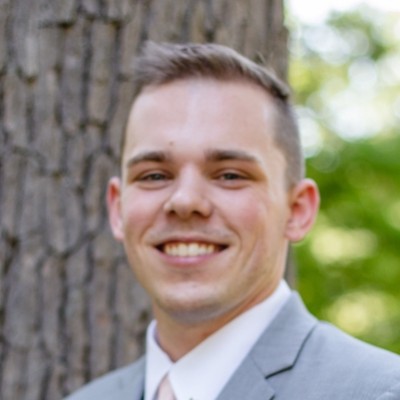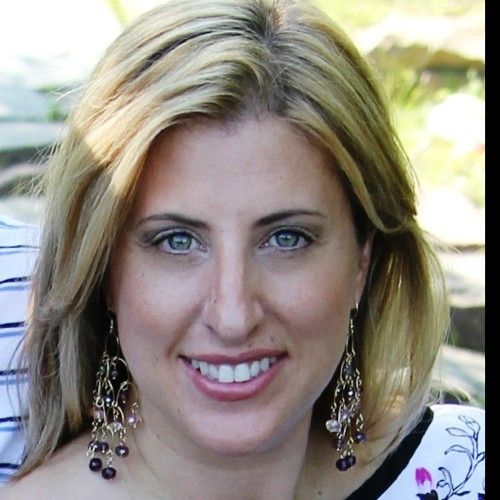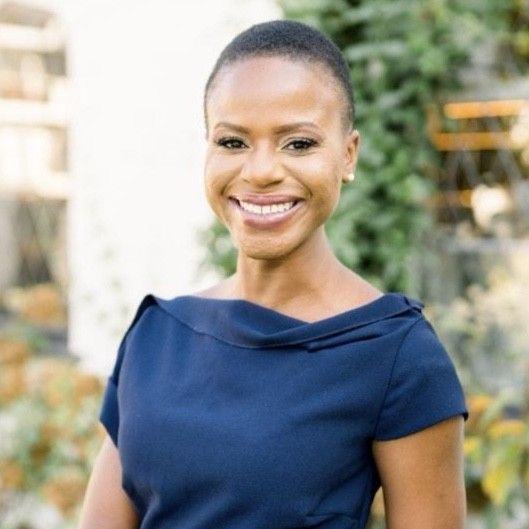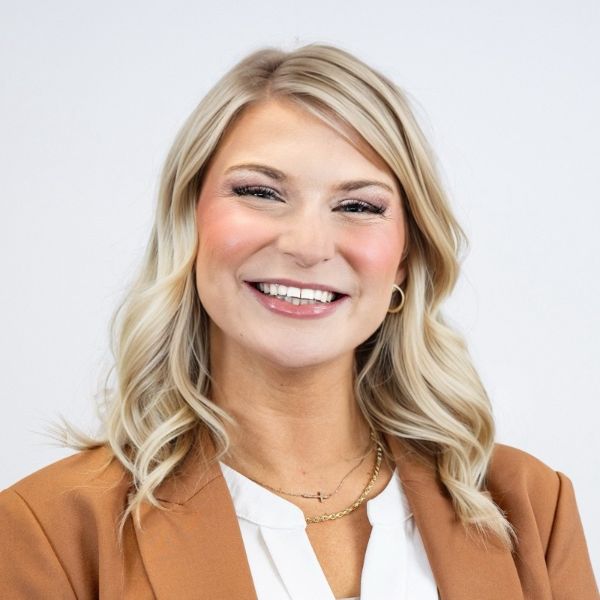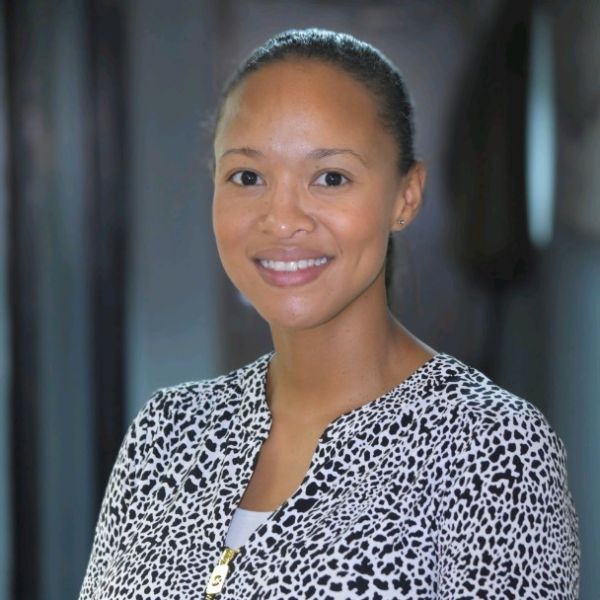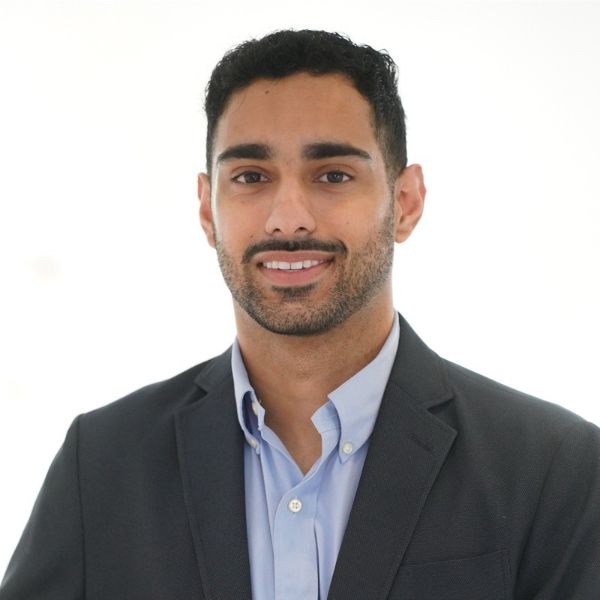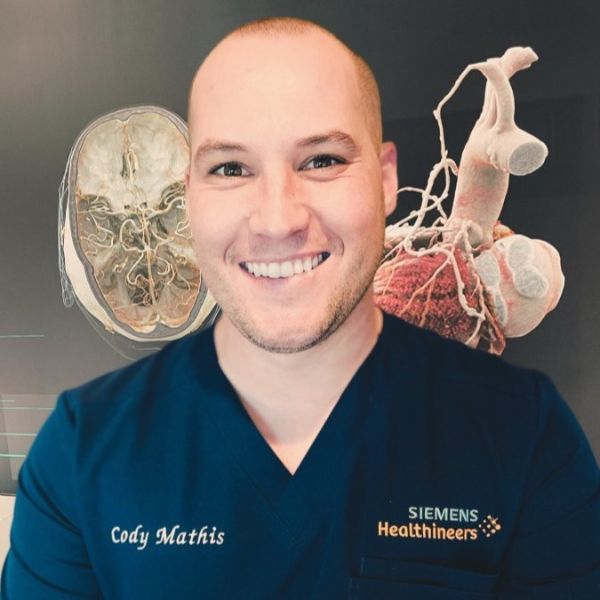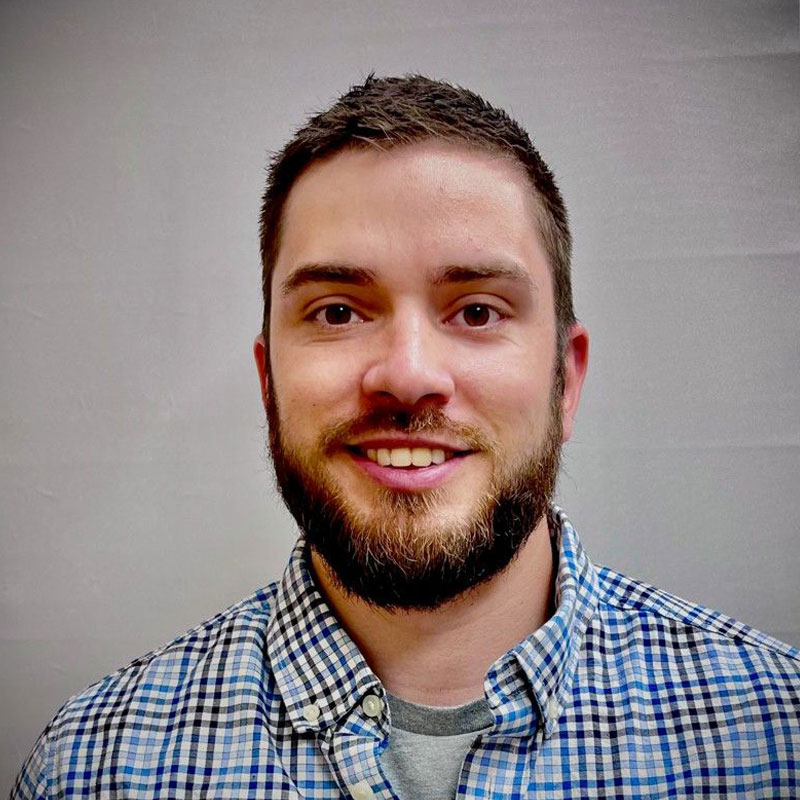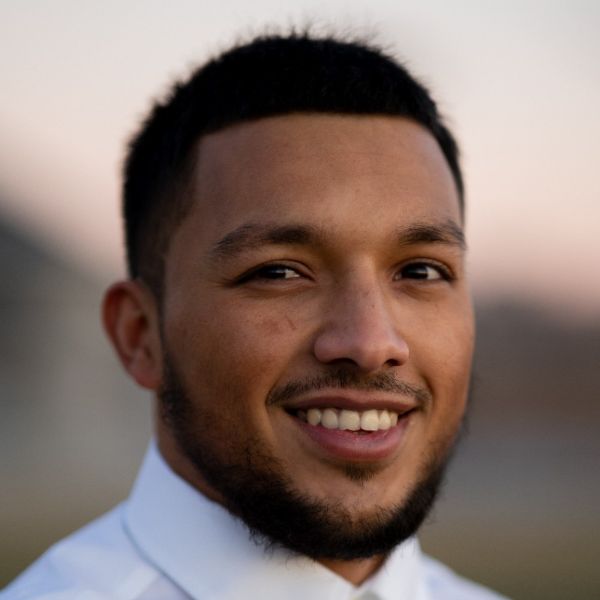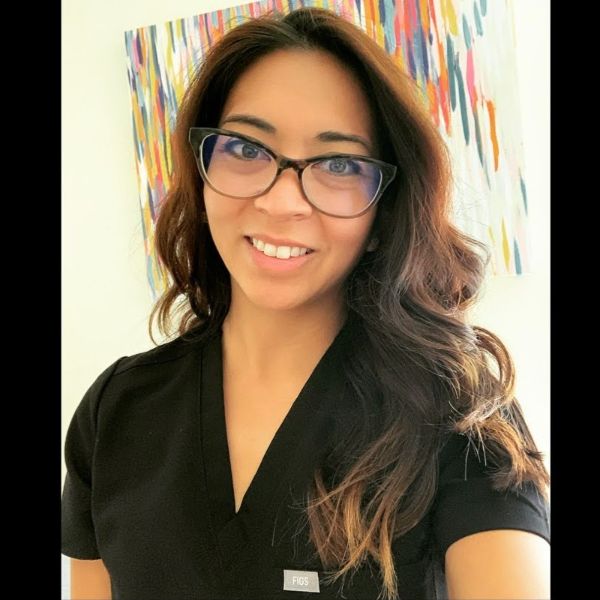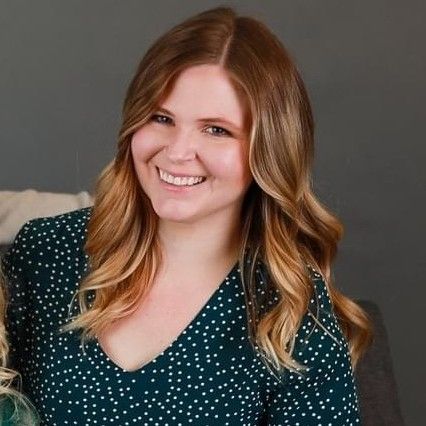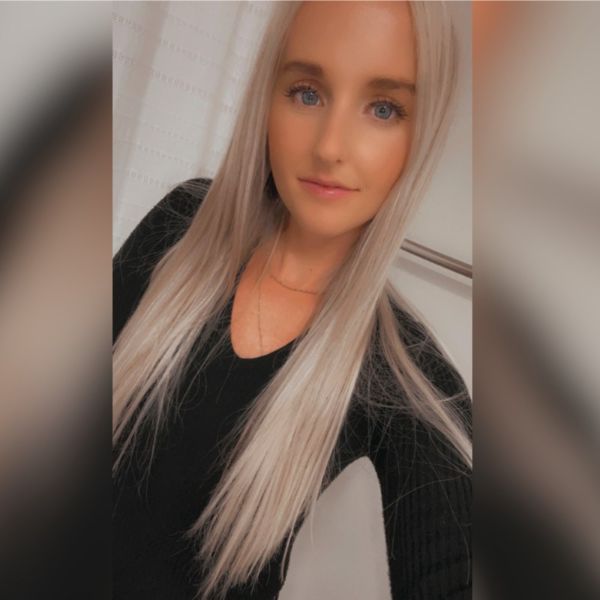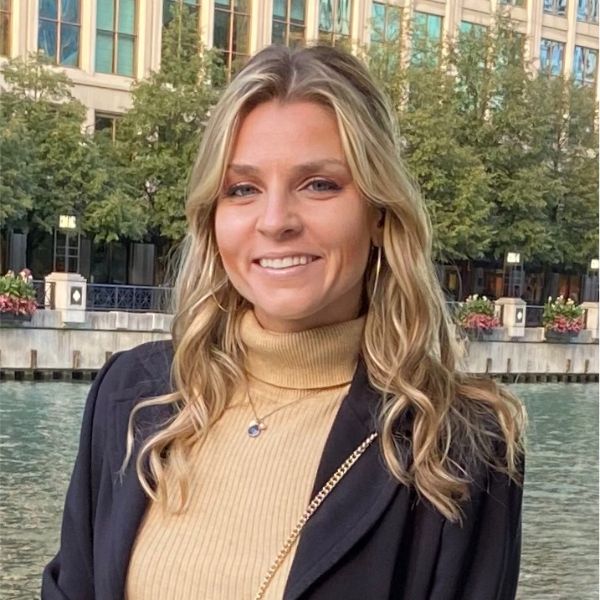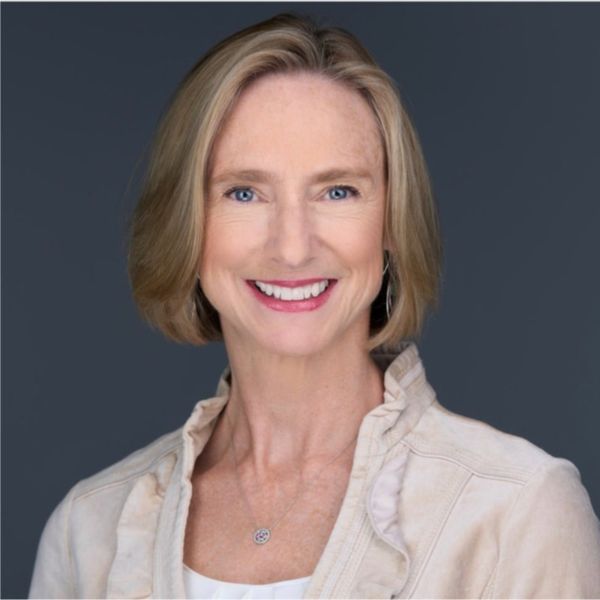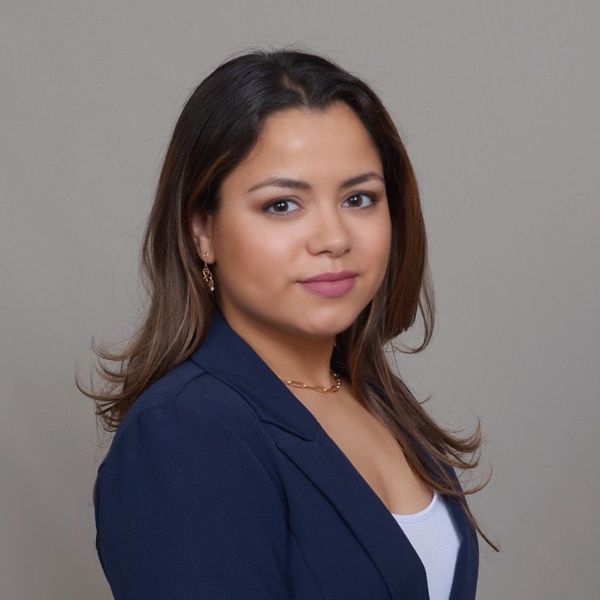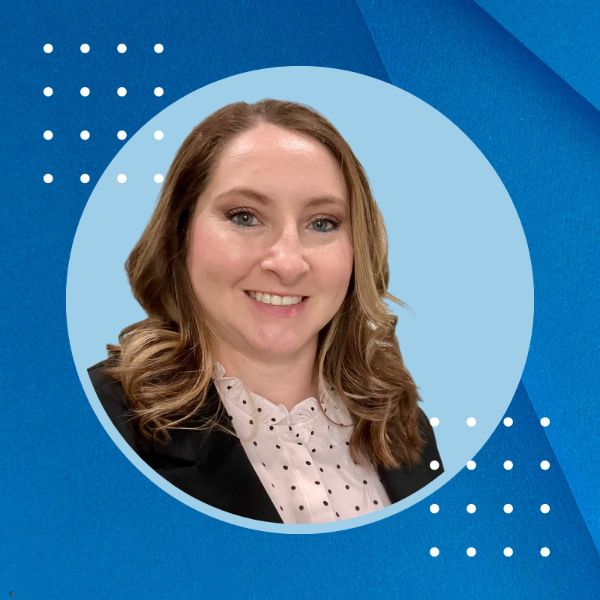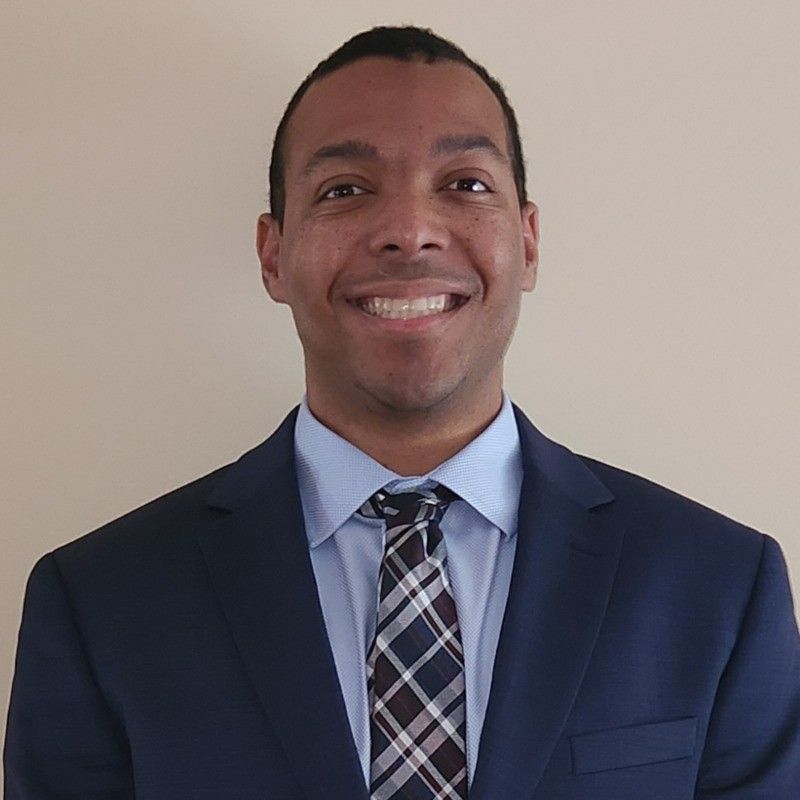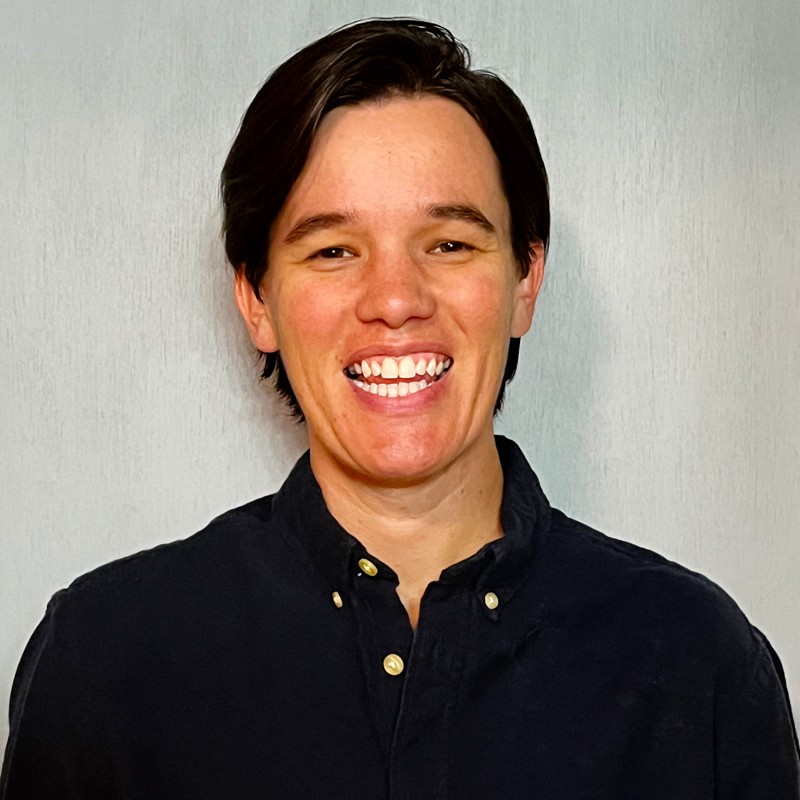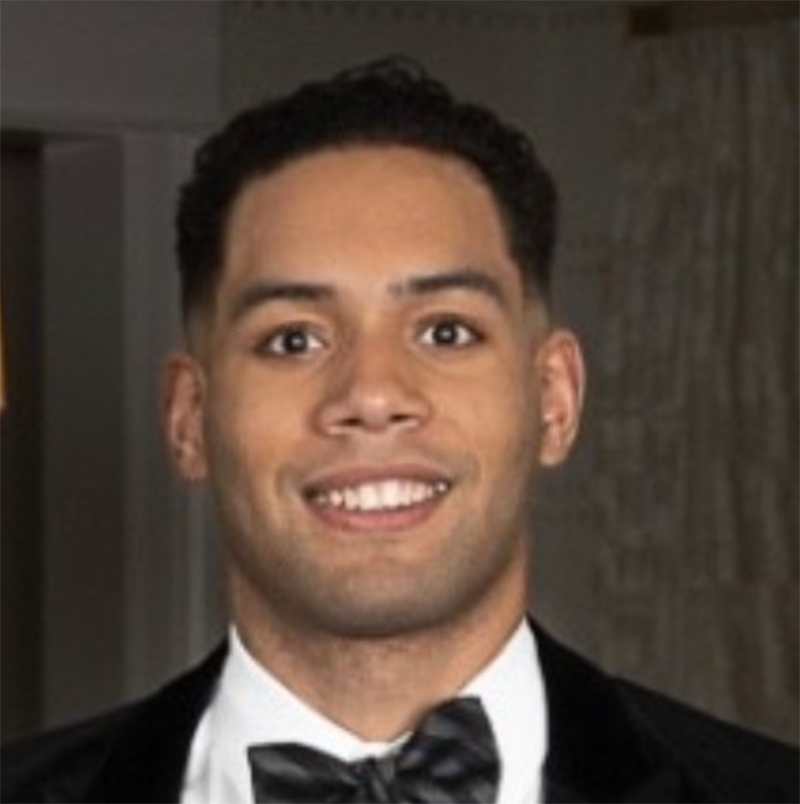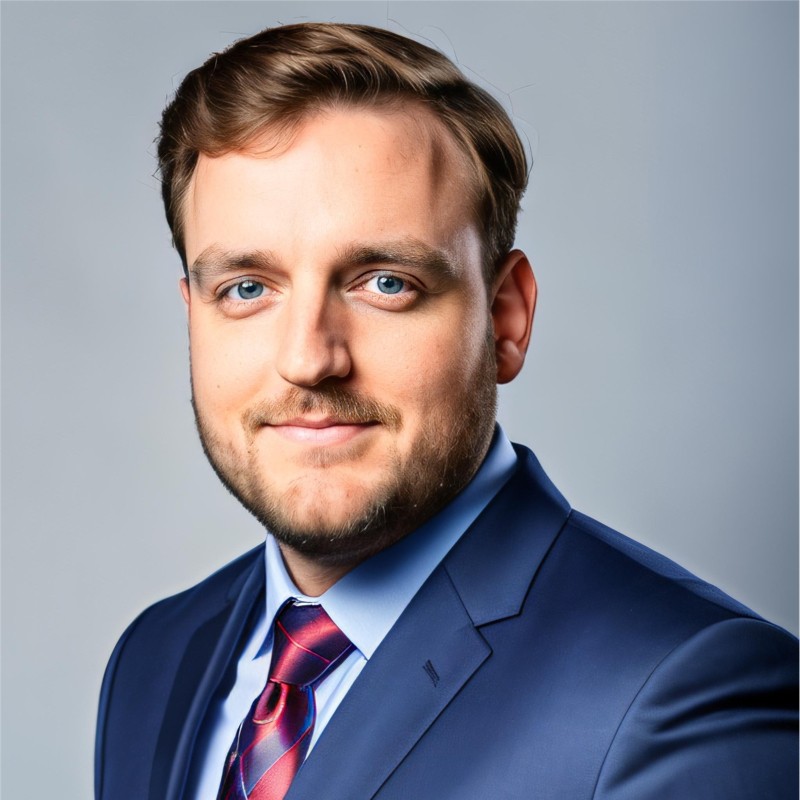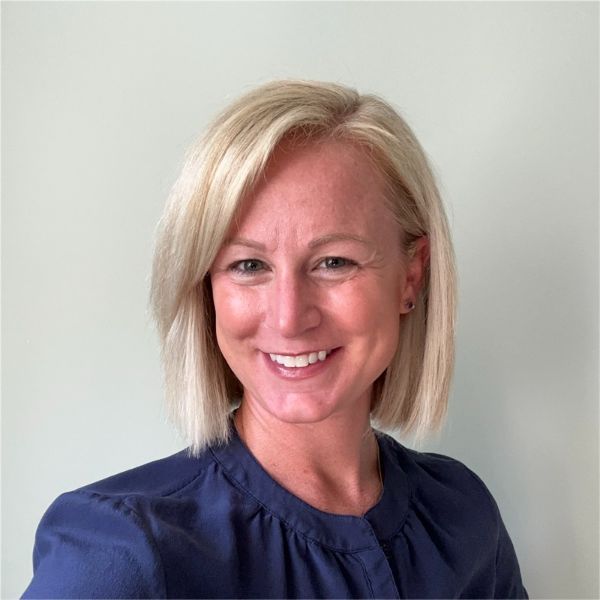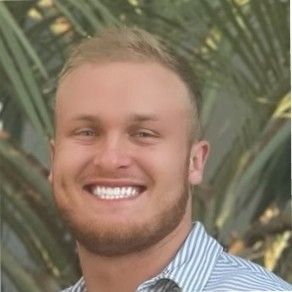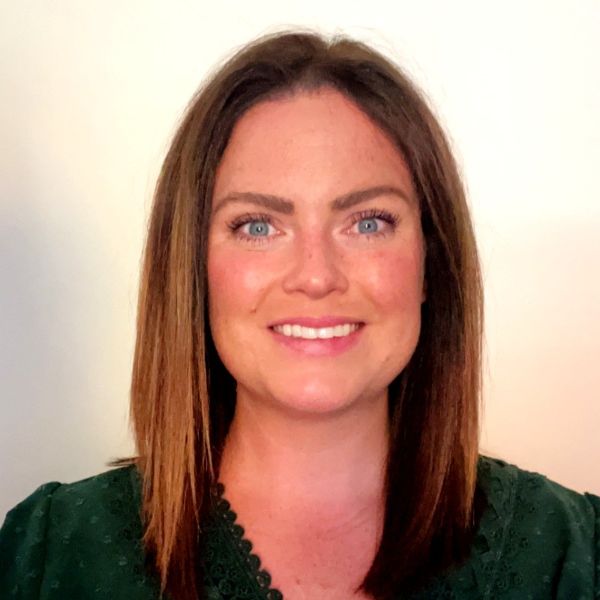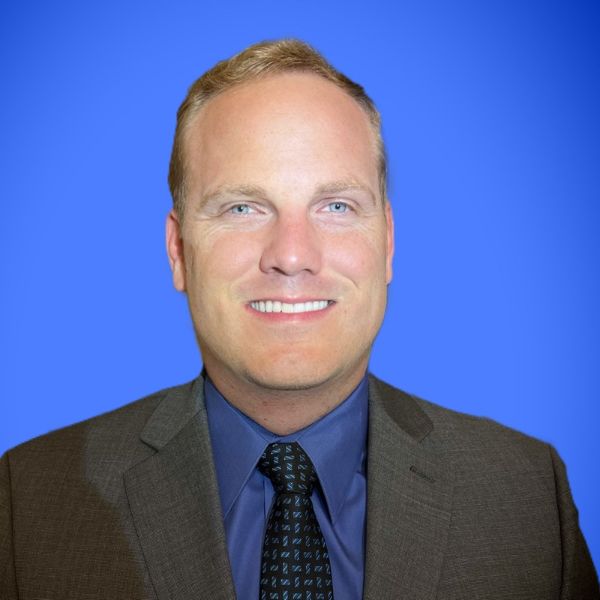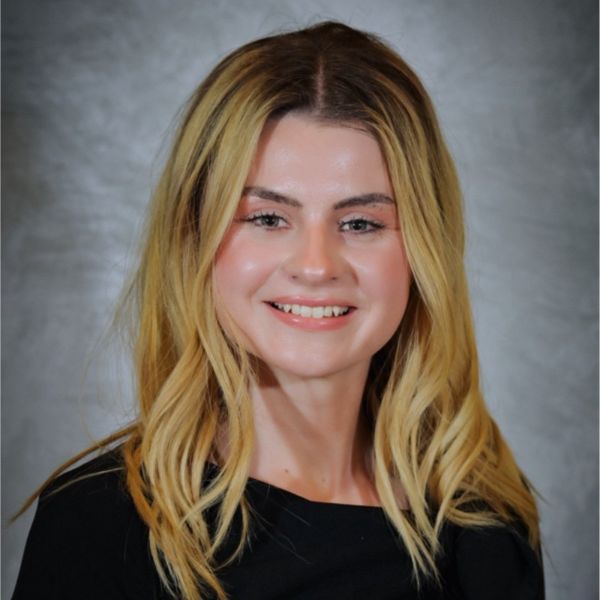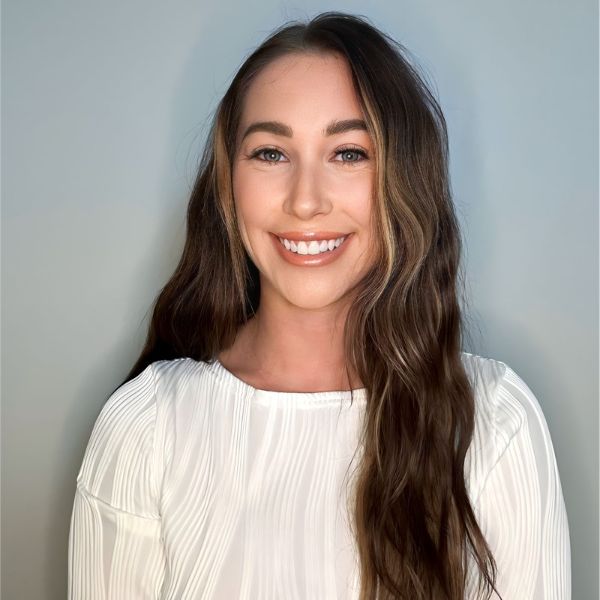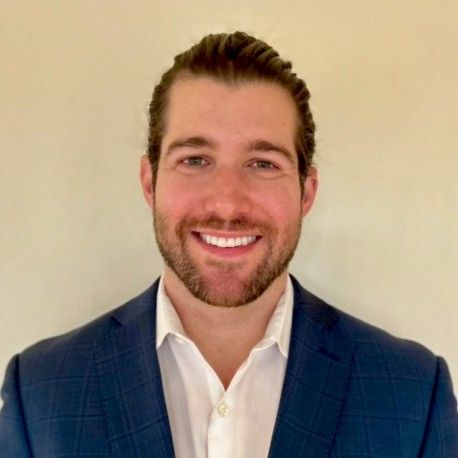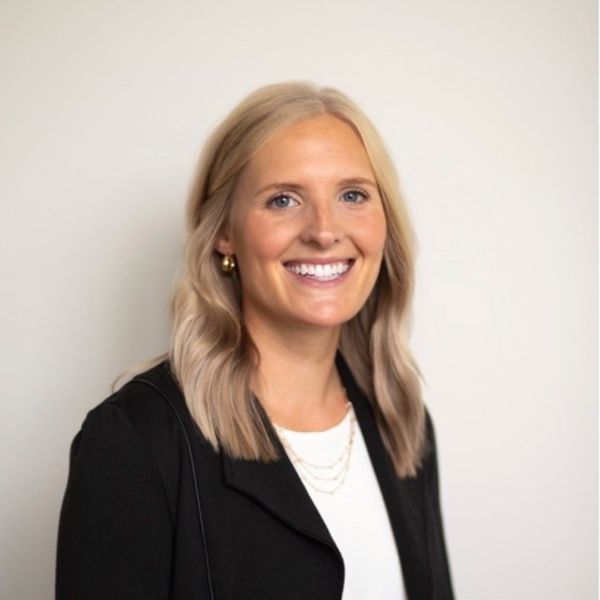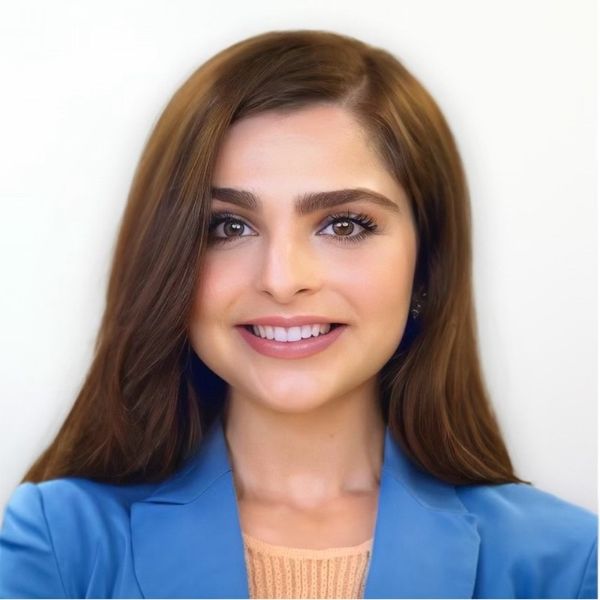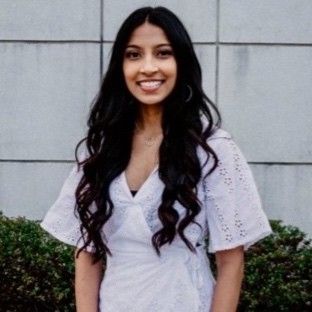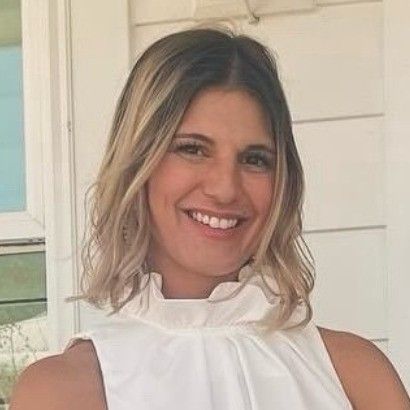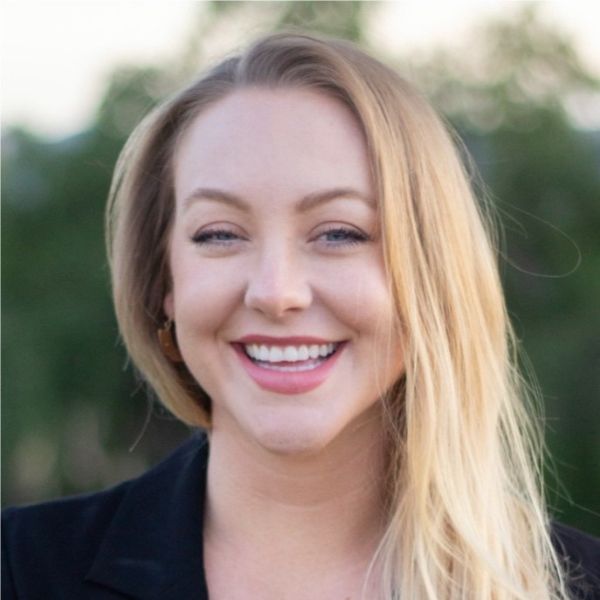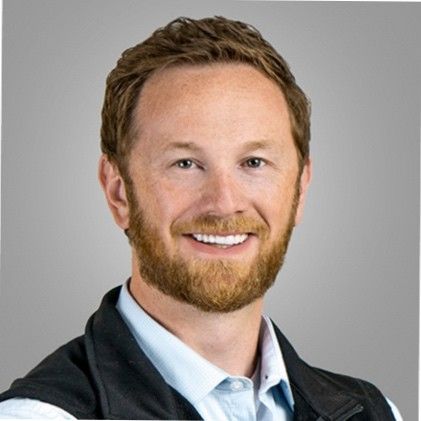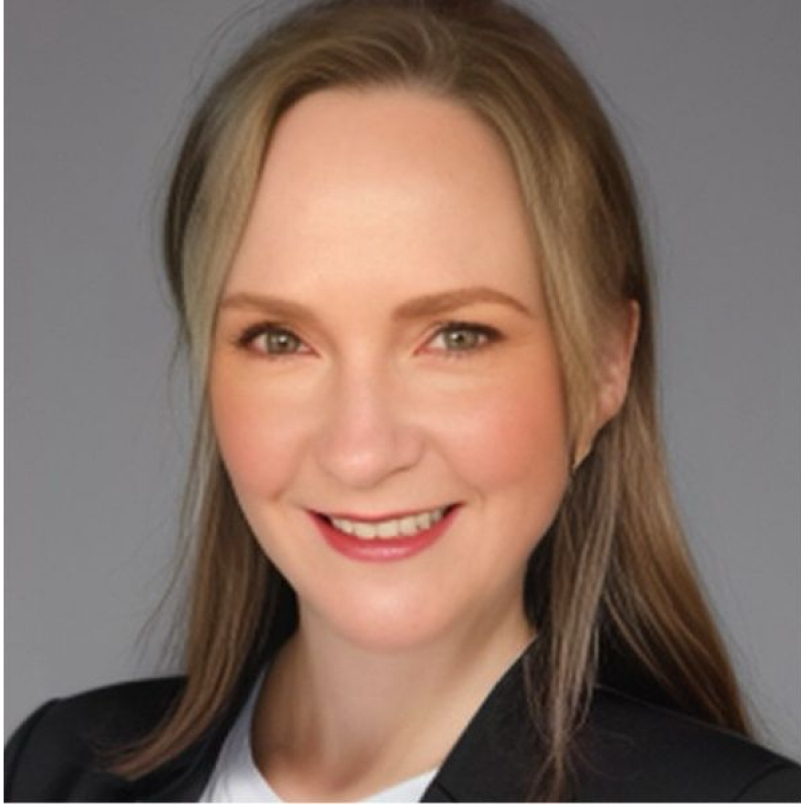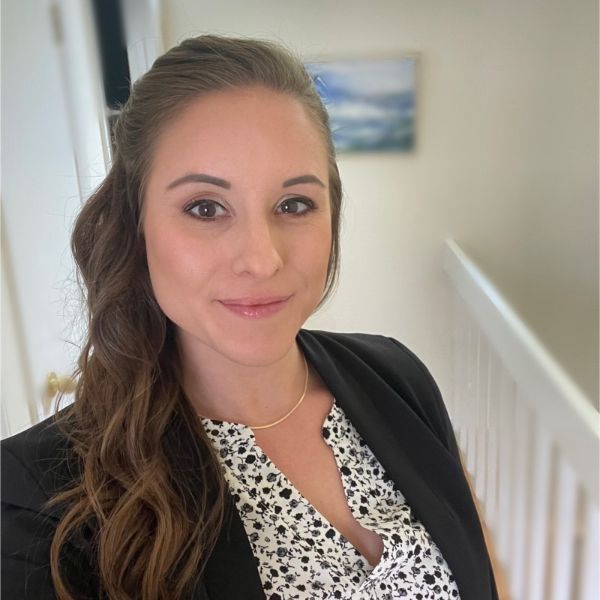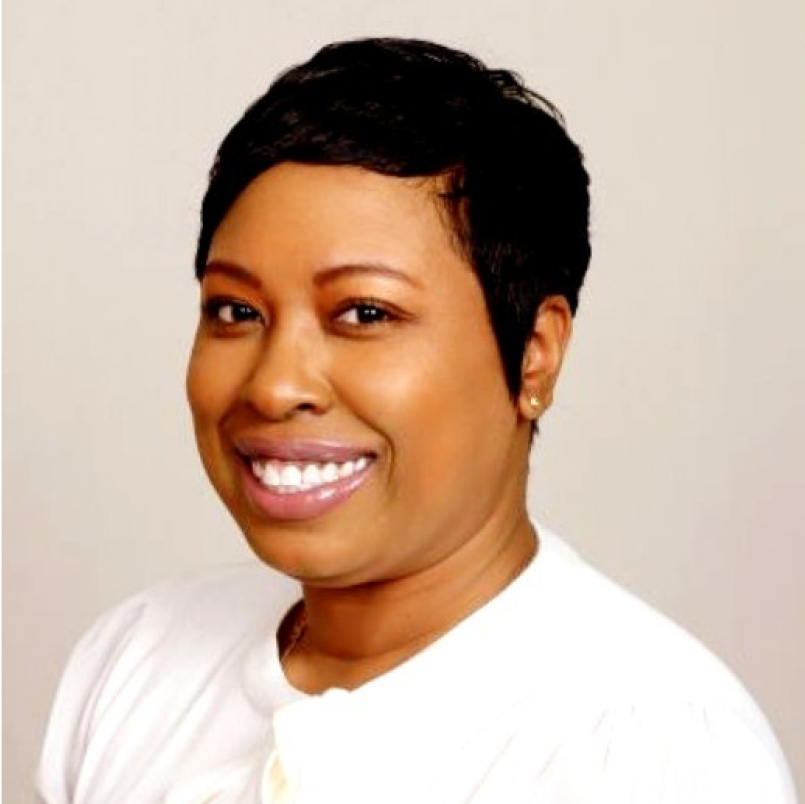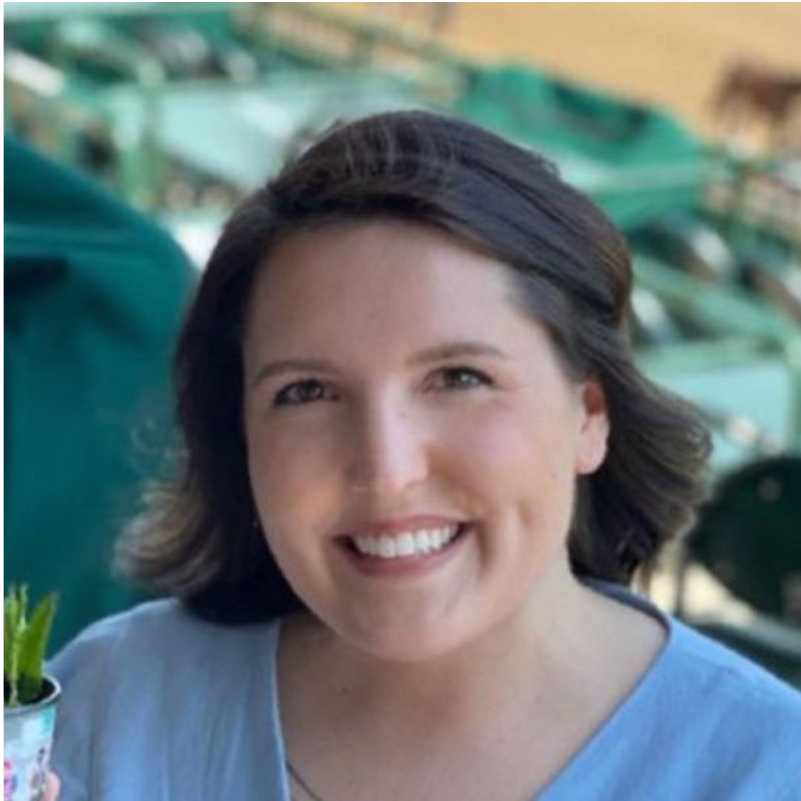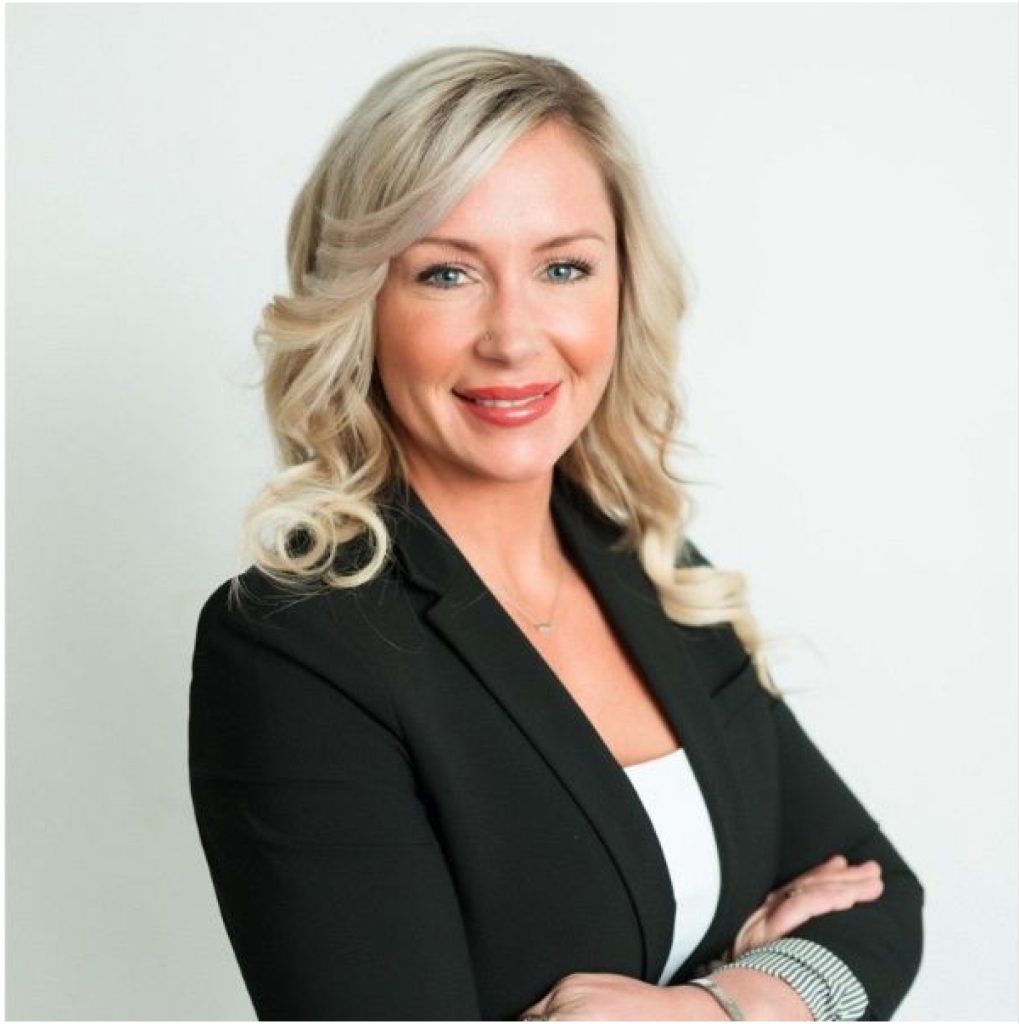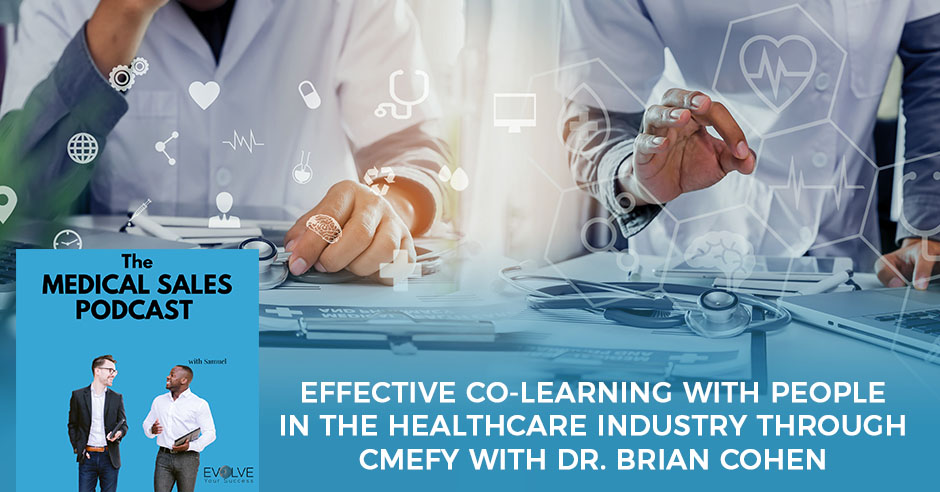
In this episode, Dr. Brian Cohen, Chief Medical Officer of CMEfy, shares how their platform works. CMEfy is a platform that allows providers to get CME credits through giving their feedback and insights on information. It can be used by physicians, healthcare workers and experts to have a deeper understanding of information about healthcare topics by learning from each other, building relationships and trusting the process as well. Practitioners can get vital knowledge from it and contributors can also earn CME credits. Listen and learn how you can take advantage of this platform!
—
Watch the episode here
Listen to the podcast here
Effective Co-Learning With People In The Healthcare Industry Through CMEfy With Dr. Brian Cohen
We continue with our guest Dr. Brian Cohen into the world of CMEfy. As we talked about in our last episode, CMEfy is a platform that allows providers to get CME credits by giving their feedback and insights on information they get from many different types of mediums, including podcasts. This is an episode you don’t want to miss. The last episode was a bit of an introduction but now we are going to get into the details on how this platform is so valuable to providers and many different people within healthcare. As always, thank you for reading. I do hope you enjoy part two of this interview.
—
Let’s say you are a sales rep and you tell Dr. So-and-So, “You could look into CMEfy. It’s a great platform that will allow you to get information and CME credits.” He or she likes it, “It’s not only that. I want to become a host within this platform because I have things to say and share. I want to get people to come and listen to what I have to say.” They can then go back and share with the rep what they learned in regards to a specific area. That’s what you are telling.
That’s why we started with a platform to embrace this clinician co-learning type of environment that exists and empower physicians to have the ability to drive engagement with a reward tool like CME. What it’s doing is, as a speaker and host, I’m out there making statements. I’m stimulating thought and that thought is being captured by each learner in their reflections that’s generating their CME. What happens with that data? They can hold that to themselves as learners or share that back anonymously with their hosts.
As a host, if I spoke to 1,000 people about total knee arthroplasty and new techniques of pain control for post-op pain after total knees, I spoke to 1,000 orthopedic surgeons for example. That’s on the top of their mind. They are able to then reflect on their thoughts and how that conversation that I simulated applies to them in their day-to-day practice.
That may be useful information for a company that deals with postoperative pain, total knee arthroplasty, long-acting medications, multimodal medications or anything of that sort to know without touching those learners out there what they are thinking, why they are doing what they are doing, and how they are doing what they are doing.
Those are dynamic insights that these days change very quickly. I don’t need to try to get those 1,000 people to come to my dinner at Ruth’s Chris to find out what they think about the topics that I’m interested in as a company. That’s where some of that overlap between the industry interests and the power of what these physician voices can capture with the conversations that they are already having with their peers and colleagues.

These moments are captured to reflect on. What is the normal way they are given now? You mentioned podcasts and webinars. What else?
We are seeing a ton of podcast activity. It started during the pandemic but it’s extended post-craziness. It has become a very reliable and resourceful tool for clinicians to lean on to stay up to date with what their peers and colleagues are doing. We are also seeing an amazing group of physicians who are hosting these summits, “As a physician, I’m going to put on a conference. I’m going to host a summit and say these are the topics. I’m going to get these amazing speakers to come and speak on these topics. I’m going to bring in all these physicians and other clinicians who want to hear it.” It’s this huge impact of this clinician-led co-learning that we started to see within the past few years. It has opened up colleagues and peers to lean on and learn with each other. The podcasts, webinars, and summits could be something as a curbside consult in the hallway of a hospital.
That’s where you lose me. When you say hallway curbside, is it being recorded or noted that this conversation was held?
If I have the ability to produce a CMEfy link, which takes about 30 seconds on the platform as a host, I can text that to the physician that I was chatting with and say, “We talked about something pretty useful. You can reflect on it here and earn a CME for the conversation we had.” The cool thing is the library that this is drawing from, which is continuously expanding every day. You have the ability to search keyword content within that.
Let’s say I’m in the OR with the orthopedic surgeon and we are chatting about ACLs and tourniquet pain. We had a conversation about it. I will say, “This was a cool conversation. I’m going to send you a link. Reflect on it and you can earn a CME for your anesthesiologist, bugging you across the drape for twenty minutes here.” If I’m creating that link, I have the ability to put in keywords. I can put in orthopedic surgery and tourniquet pain. It can search through the content library and pull relevant nudges that stimulate thought along the lines of the conversation you had.
We don’t care about the conversation in a sense where we don’t want your content. You don’t need to document your topic. We care about the learning, reflection, and practice of capturing that. That becomes very important from an IP point of view. That’s not ours to have. That’s yours. You are the teacher and catalyst of learning. We are a platform that sits in between and allows you to deliver the currency, which is the CME.
[bctt tweet=”CMEfy is the platform for the people on the ground doing the work.” via=”no”]
You painted that picture of how easy it is for a provider to do this. This must be growing like the wind. How has it been going?
I mentioned in the beginning, “Let’s talk about a boring topic of Continuing Medical Education credits.” I never thought I would be talking that much about CME credits. It has been fun because it has been clinician-centric. We have been able to stick very closely to the mission of, “Everything we do, every decision we make and feature we add has to add value back to the clinician in the middle.” We are not building another tool for the patients, administrators or health systems. We are building it for the people on the ground doing the work.
It took an initial period to build trust because there aren’t that many companies that we found that are sitting out there on behalf of physicians, nurse practitioners, Pas, and people out there who were called healthcare heroes for about a day. That didn’t last forever. As long as they stay in the center of our circle, we continue to build up that level of trust that we are here for them and find ways to drive value back to them.
When we talk about connecting with the industry side, we want to do this in support of the clinician voices. What we want to be able to do is say, “You are using your voice. Your voice is powerful and is driving impact. We capture those impact stats. We can show you how many minutes you have saved your colleagues on CME. We can show you how many of your colleagues have reflected on certain keywords and what topics they care about.”
Those are important data points but those are yours as the host. What do you want to do with those? There are a lot of people on the industry side of medicine that care about some specific topics and you might be talking about them. Let us connect you. We can drive value that way by allowing them and any hosts to monetize their CME links to drive value back to them. You are putting your voice and knowledge out there. They can learn with you for free.
Also, if you want to charge for that CME link, that’s yours to do. We are continuing to find ways to drive value back to the clinicians while helping them build out their network based on their voice as a conduit into the industry, pharma, and med devices who wants to engage with these clinicians. There are also newer ways to look at it.
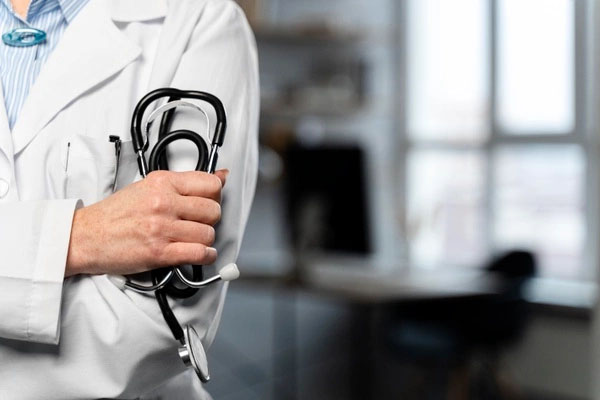
Let’s take something simple. A pharmaceutical medical science liaison wants to talk about a new therapy and product. She walks in to talk to Dr. Smith about this product. They have the conversation. The conversation is over now. There are all kinds of ideas and thoughts throughout the conversation. They can reach out to their network within CMEfy and ask them, “I spoke with this medical science liaison from this company. What do you think about this drug and what it’s offering to do for patients?”
That physician voice can continue to have conversations around that topic and capture these insights. Everything we do is opt-in. No one is forced into sharing their thoughts or information. They are having these conversations. The learners are not giving their opinions directly. It doesn’t have to be, “I think this about that drug.” They are going to say how it applies to them, “I use that but I use it in this manner or I use it at this dosing. I found that it’s not the best treatment for these types of patients in my practice.” That becomes packaged up if the learners choose to share that data back anonymously into that powerful impact report. That impact report can then be shared or monetized over to the industry side.
What I like about it is it’s allowing all stakeholders to dive into deeper aspects of learning than they have in the past or pull out different levels of insight. You don’t have to rely on, “I presented this group of 100 endocrinologists with this drug at a dinner. I’m going to wait a year and see how many scripts did they write for my drug. They wrote 30 or 40. That’s not great. If I could go in through 2 or 3 degrees of separation, here are the insights as to what they think about that drug and how it applies to their practice in their day-to-day.”
I will find out why they wrote or didn’t write the scripts. Maybe it was the price or efficacy. Maybe the patients didn’t like it or there were side effects that they haven’t heard about. It’s all these insights that can be captured. That benefits that pharma company a lot more than just knowing that they spoke to that person and waiting to see what the results may be down the road. It all stems from the stimulation of thoughts and learning, capturing of the insights in a productive way, and using CME simply as the currency of engagement and as the reward that comes along with the participation for the learning.
Interestingly, the NHS in the UK have used reflective practice in their healthcare setting for a number of years and included it in their re-accreditation process. It becomes very ingrained in the clinician’s mindset of, “Let me evaluate my day and interaction with that patient. Let me capture those thoughts.” We don’t do that here at all.
You are starting to see discussion in the clinical world about bringing forward a little more mindfulness during your day and learning how to reset to prevent burnout. Journaling and reflection haven’t been pushed in healthcare but there are multilevel benefits to it, to me as the practitioner, and to everyone else who can learn from the insights that I have.
[bctt tweet=”In CMEfy, we continue to find ways to drive value back to the clinicians while helping them build out their network.” via=”no”]
With what we were speaking about, especially in regards to the industry, is that happening now or is this something that you can see happening? Have you seen it?
We have started to see it. We launched Adaptrack in 2019. That was the building of the content library that became ACCME accredited. Around the pandemic with Clubhouse, we shifted and created CMEfy that allowed us to bring that in. The first few steps with CMEfy to drive value, one, you can hand clinicians the power to create these links. In order to then drive value to their own profile essentially, you have to give them the time to engage, go out there, learn with others put the links out within their learning moments, and capture insights back, which has been incredible.
Where we are now is we have had some industries. When I say industries, I would include even medical malpractice companies that reach out and say, “We know that this clinician is speaking on powerful topics that we would love for all of our insured members to know about so they don’t get sued.” There has been engagement in that direction as far as sponsoring a voice. We are looking now to pivot out into more of the pharma-med device industry side of the world.
As you and your readers well-know, it’s not a simple network to stick your hand out and say, “I’m Brian. Do you guys want to hang out?” It takes a long time to build up relationships and trust. There are a lot of nuances to the guard rails that are put up between pharma, CME, and learning and the relationships between physicians and the industry side. We have found some partners on that side of the world who have very established networks already and who also have relationships with physicians.
The fun thing is we are pulling in a different side of physicians to bring to their profiles. It’s combining a little more of the historical data that we have always thought of as, “Is this a good person to engage with as a KOL?” It’s with a new mindset of, “He may have written three papers. He may have been in practice for 35 years in this certain specialty but has he ever talked about it? Has he ever gone out and engaged with others? Do they listen? Is that happening now or did that happen twenty years ago?” There’s a lot more of this fluid insight data that can be brought in that shows the current impact of who that physician is. It adds another layer to what the industry side may care about.
The platform you have created is something that’s incredibly important to the industry side. As this platform grows as more people get on it, I can imagine industry leaders wanting to get on top of this, figure it out and see how they can be a part of it. That is excellent. We have learned a lot about CMEfy and how you made this happen. I’m curious. Tell us a little bit about your background and what turns you on to even wanting to do anything like this. Before you experienced Clubhouse, what turned you on to take things in its direction?

I’m a practicing anesthesiologist. I have been in practice for many years. I started my own anesthesia company with a couple of partners. Around that same time, I was approached by a medical liability company to be the Specialty Medical Director for their anesthesia and pain book of business. What that means is, “Could I come in and help understand some of the applications that are coming in from the anesthesia side and understand the underwriting and claims part of it?” What that forced me to do was to say like, “I’m afraid to go to work tomorrow because there are so many things that can happen.”
It forced you to look at clinical practice from a risk lens. At the same time as starting an anesthesia company, it was super helpful to myself and my partners because I could go back and say, “I keep seeing this happen. We shouldn’t do it this way. We should do it that way.” As you start going and looking at medical liability in general, there’s a reason why there are twenty years of historical data and there are trends that go along with it. There are significant patterns of what causes and leads to what. If you could capture that, instead of me telling my partners what to do and what not to do, we could tell the whole world what to do and what not to do, and help them avoid risk and claims.
At this point, I knew nothing about digital or anything with technology. I can’t even change a light bulb at home. I had the amazing luck of crossing paths with two other partners. One in the medical liability space who also has an extensive background in some large healthcare insurance companies. His name is Sam Taggard. Niraj Swami is the CEO who has spent his career looking at how tech intersects with human behavior and how you can use technology to improve human behavior.
When I saw what he was doing in how he thought about everything in life and how simplified it can be but how mission-driven he was to do it for the good, we started looking at something he had already built outside of healthcare and applying it into healthcare and saying, “How can we use technology to help drive better human behavior and de-risk people and physicians through this technology piece and these historical data pieces?” That’s what started us down the path.
We’ve got invited very early on out to the IBM Cloud Garage in San Francisco, which is a think tank of, “We have some ideas. We don’t know what we are doing.” When we walked away, we were like, “This is what you are doing, and go build it.” I went from pushing drugs in the operating room at a think tank in San Francisco. I’m like, “This is the coolest thing in the world.” I’m still pushing drugs in the operating room but I also have gotten to immerse myself in how technology can be used to help my own colleagues.
Even though all of the digital health products have come out in advance over the past number of years, we still aren’t focusing enough on the people in the middle of the equation, which is the feet on the ground. That has been the path. It has been a nice balance of clinical practice, administrative challenges, and these fun projects. That has allowed me to take in some of the challenges that I see here every day and try to come and find solutions for them on the technology side with partners like Sam and Niraj. It has been fun.
[bctt tweet=”It takes a long time to build up relationships and trust.” via=”no”]
Is there anything else you would like the audience to understand? How can they find you and learn more about CMEfy for anyone interested?
Our website is CMEfy.com. Anyone can go there. They can click a button and say they are interested in hearing more. We have a wonderful concierge program that walks anybody interested through an onboarding process. It gets you up and running within twenty minutes to start cranking out some links and join into the platform. From whatever angle you are coming from, as long as you are here to support clinician co-learning and capturing of these insights, we want to be the platform that sits there and allows it to happen. I would love to have you reach out. You can follow up with Sam. We are happy to engage in any way.
Thanks for talking to us, Dr. Cohen. We look forward to hearing more about how CMEfy continues to grow.
Thank you so much. I appreciate it.
—
If you are a provider and you read this episode, you can get some CME credits by following the link in the show notes that says, “Reflect on how this podcast applies to your day-to-day.” Follow that link and the prompts and you will be able to get some CME credits from this episode you read. This is something that we are doing with all of our episodes on the show. This is innovation. This is the future. As always, thank you for reading.
That was Dr. Brian Cohen with CMEfy. If you are a provider or someone in the healthcare sales space and you see value in what you read and you want to get access to this platform, you know where to go. He said it. That’s CMEfy.com. It’s easy to get started and put out there that you want to find out more. You can also find Dr. Brian Cohen on LinkedIn under Brian Cohen, MD. You can find me. If you are already connected to me and you want to be connected to him, I would be more than happy to do so.

Maybe you read this episode and you are thinking, “I know so many things are happening in this space outside of the medical technology, such as the devices and drugs. These are ancillary services that are making it easier to provide value to providers and making it easier for providers to get value for themselves. I want to be a part of this industry. How do I make it happen?”
Maybe you want to be in medical device sales, pharmaceutical sales or biotech sales but you know that you want to be a part of this industry, then you need to visit EvolveYourSuccess.com, select Attain A Medical Sales Role and follow the prompts. You will ultimately be connected to us here at Evolve Your Success. We can talk to you about getting you into a position that’s the best fit for you that will allow you to live and thrive in the career you have always wanted.
If you are someone that’s in the medical sales space, maybe you work in pharma or medical device and you want to increase your performance. If you are thinking, “This year, I want to do things a little differently and see some different results,” then visit EvolveYourSuccess.com and select Improve Sales Performance. Lastly, if you are someone that’s thinking about branding, one thing that we do here is social media selling. We are firm believers in it because, during COVID, this is where everything went.
One of the platforms that allowed people to grow, reach their customers, and still provide a lot of value was LinkedIn. If you are thinking about it, you have been seeing people on that platform. You are seeing them do things and wondering, “How do I make this work for me or my team?” Visit EvolveYourSuccess.com, select Improve Sales Performance, and click on LinkedIn Selling.
As always, we do our best to bring you guests that are doing things to bring innovation to the medical sales space. By medical sales, I’m talking about medical devices, pharmaceuticals, biotech, and everything under the medical sales sun. Continue to come back and read more episodes. I look forward to providing more value.
Important Links:
- CMEfy
- Adaptrack
- Sam Taggard – LinkedIn
- Niraj Swami – LinkedIn
- Brian Cohen, MD – LinkedIn
- Samuel Adeyinka – LinkedIn
- Attain A Medical Sales Role
- Improve Sales Performance
- LinkedIn Selling
About Dr. Brian Cohen
 14 years clinical experience as practicing anesthesiologist, Risk Specialist as Medical Director (Anesthesia, Integrative Medicine & Pain), Entrepreneur (personalized patient care company in FL), Co-Founder and CMO of Adaptrack and CMEfy.
14 years clinical experience as practicing anesthesiologist, Risk Specialist as Medical Director (Anesthesia, Integrative Medicine & Pain), Entrepreneur (personalized patient care company in FL), Co-Founder and CMO of Adaptrack and CMEfy.
